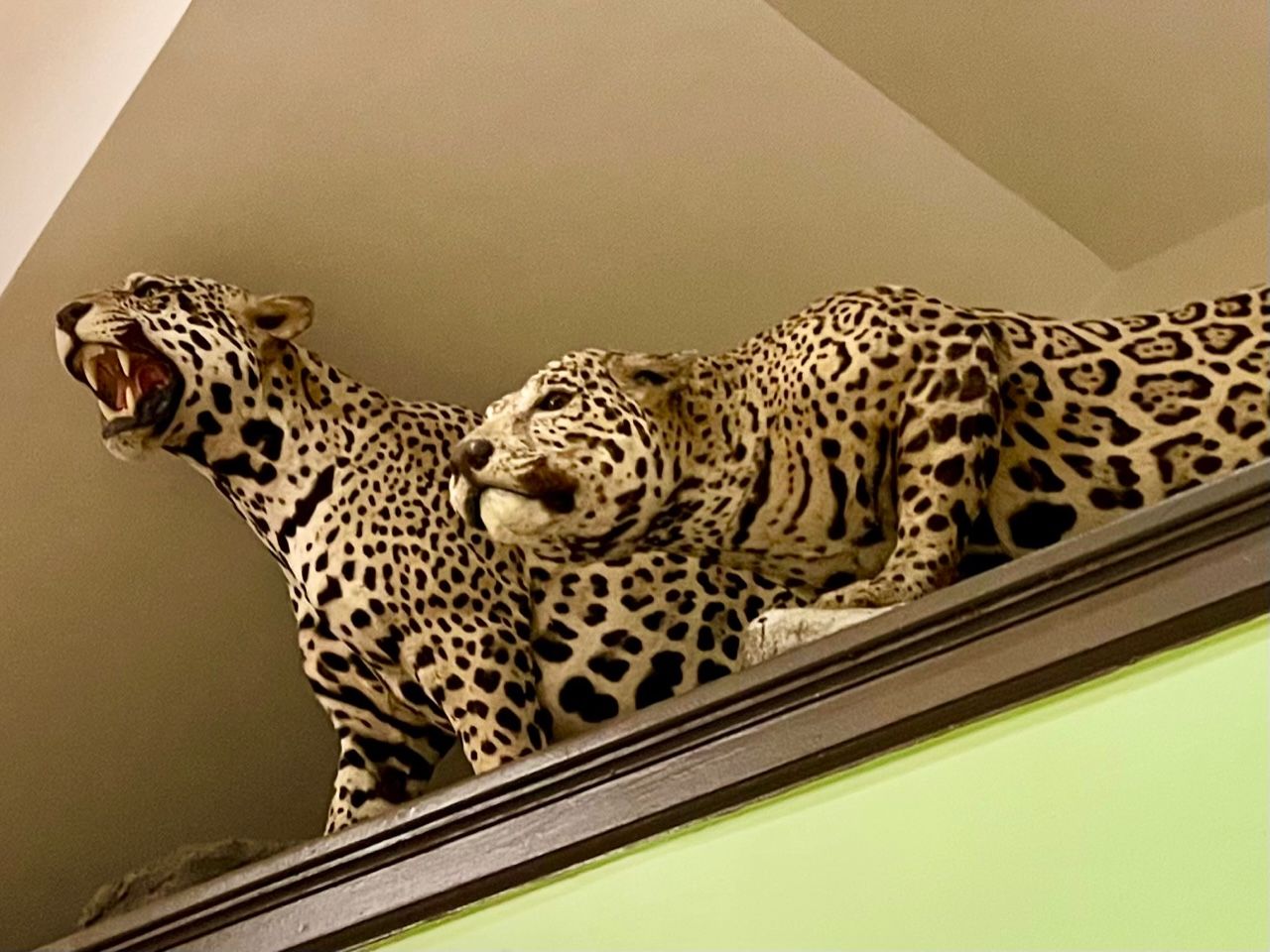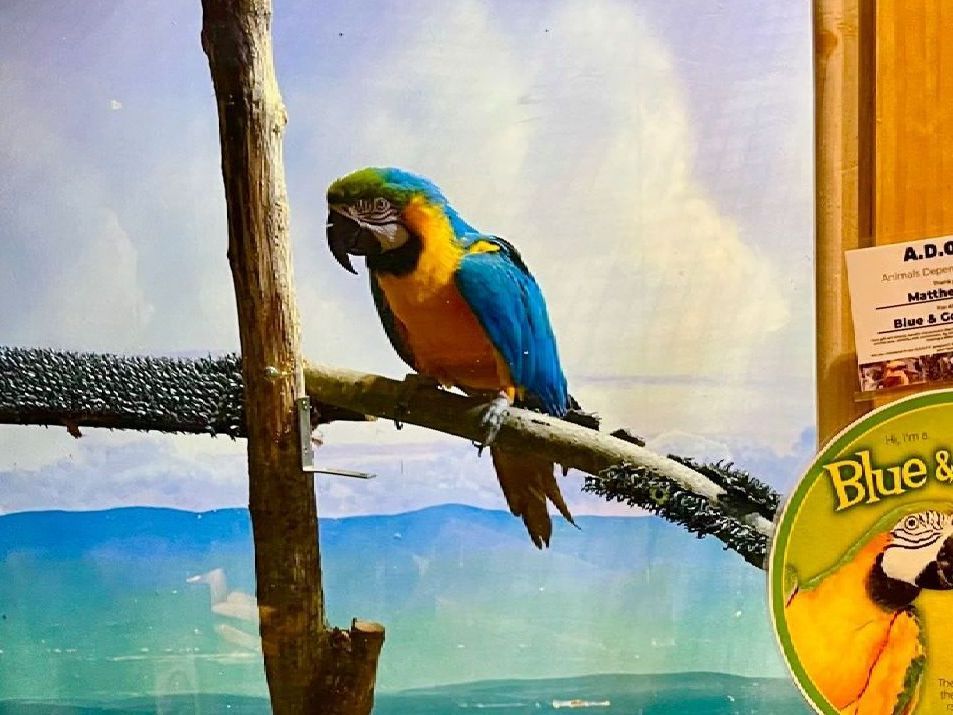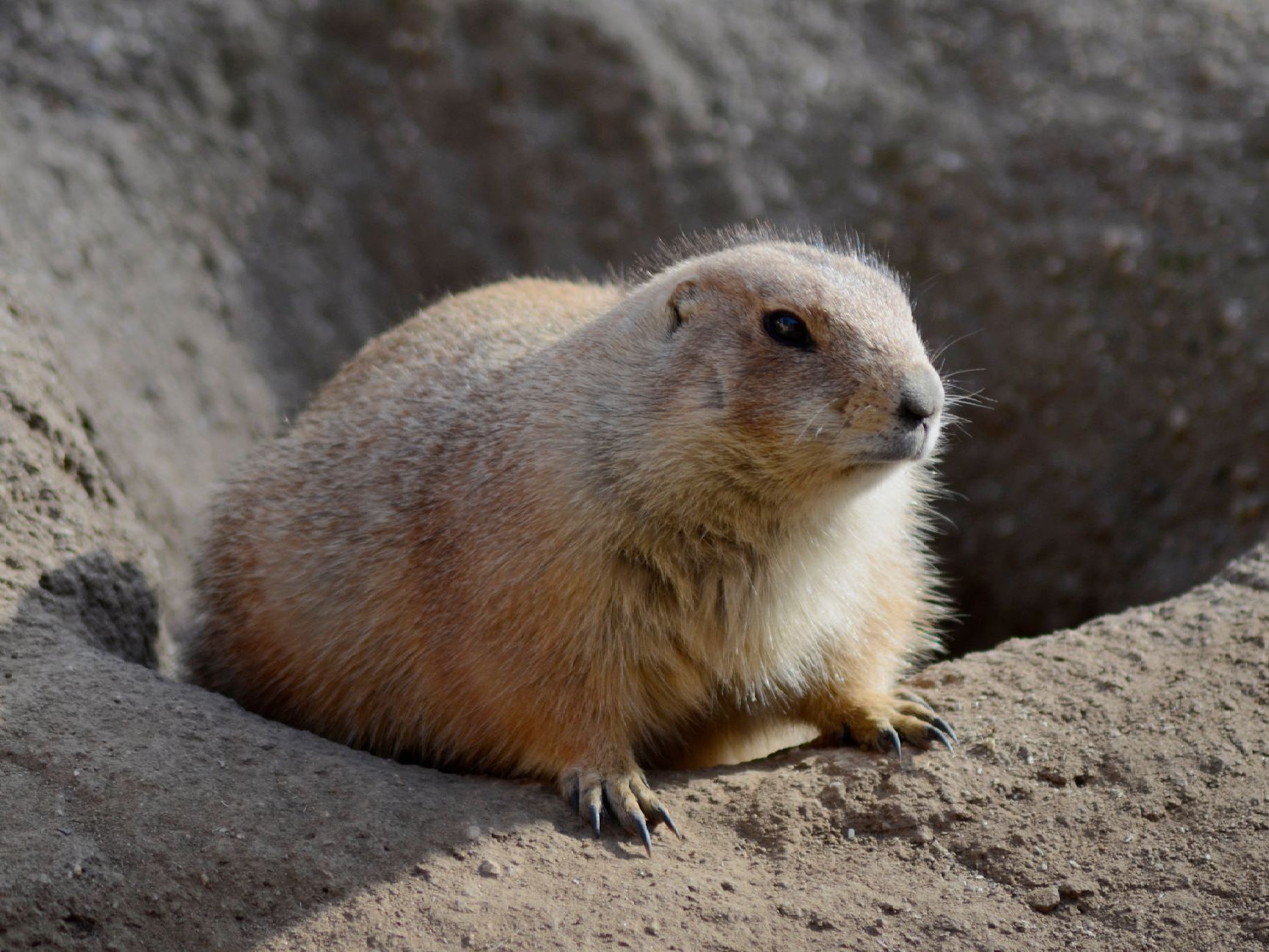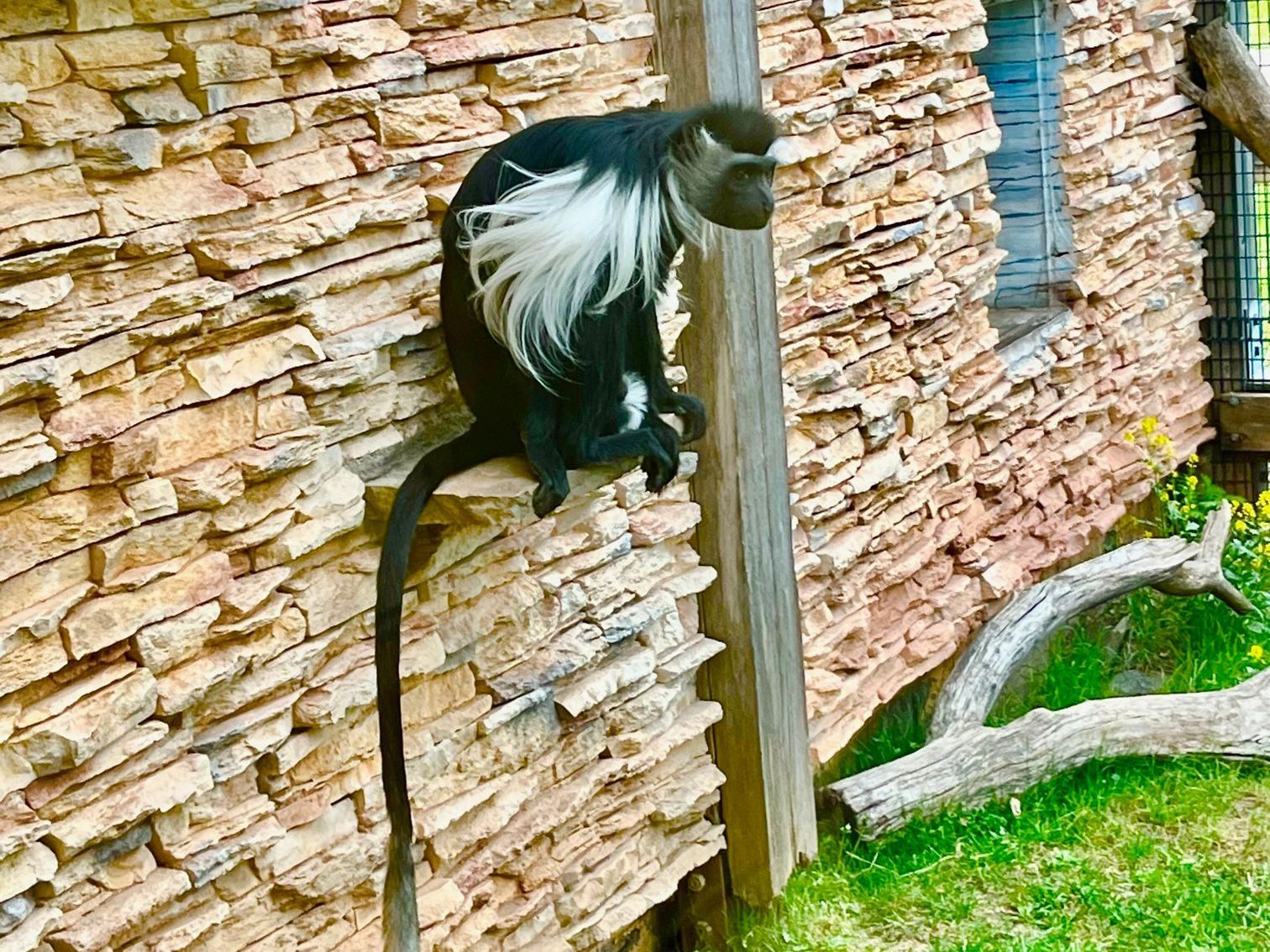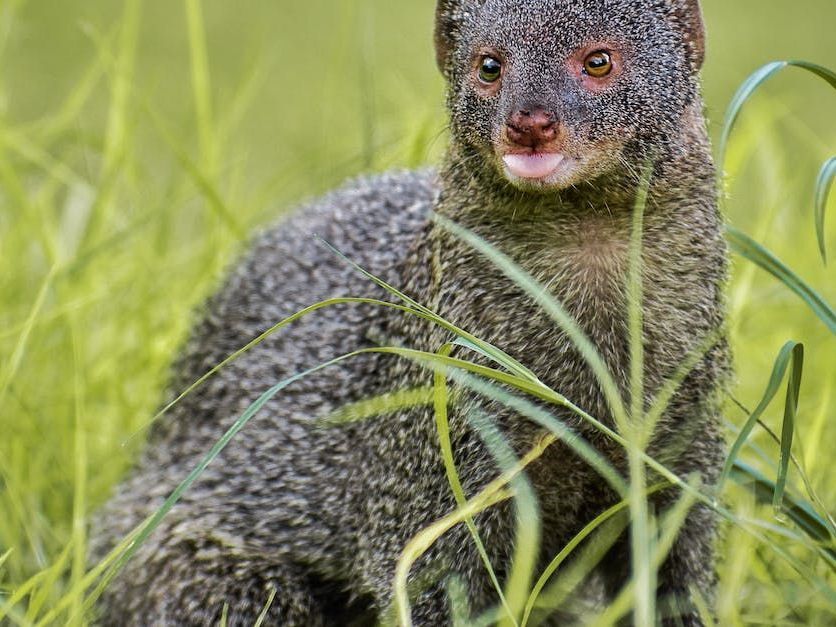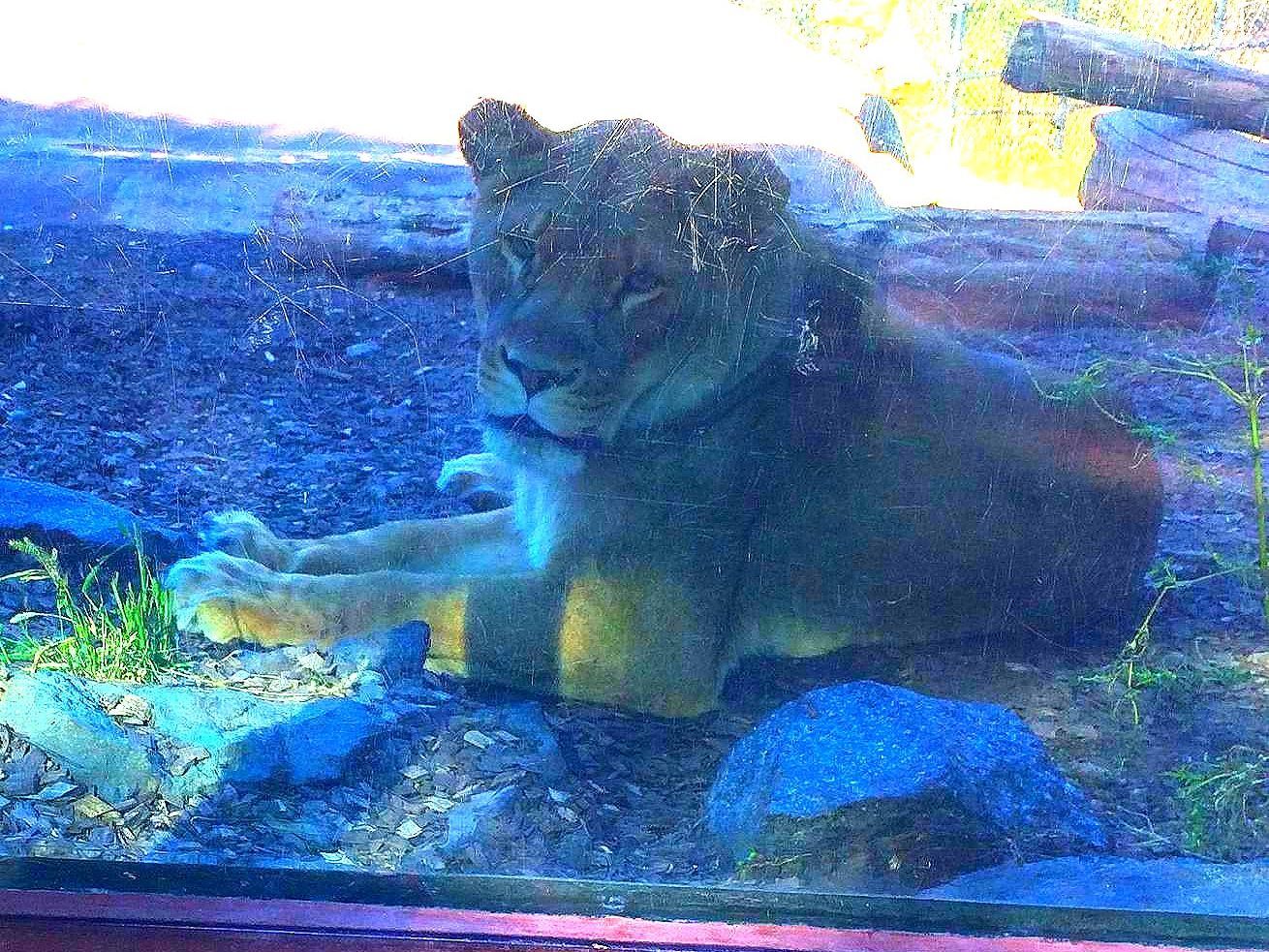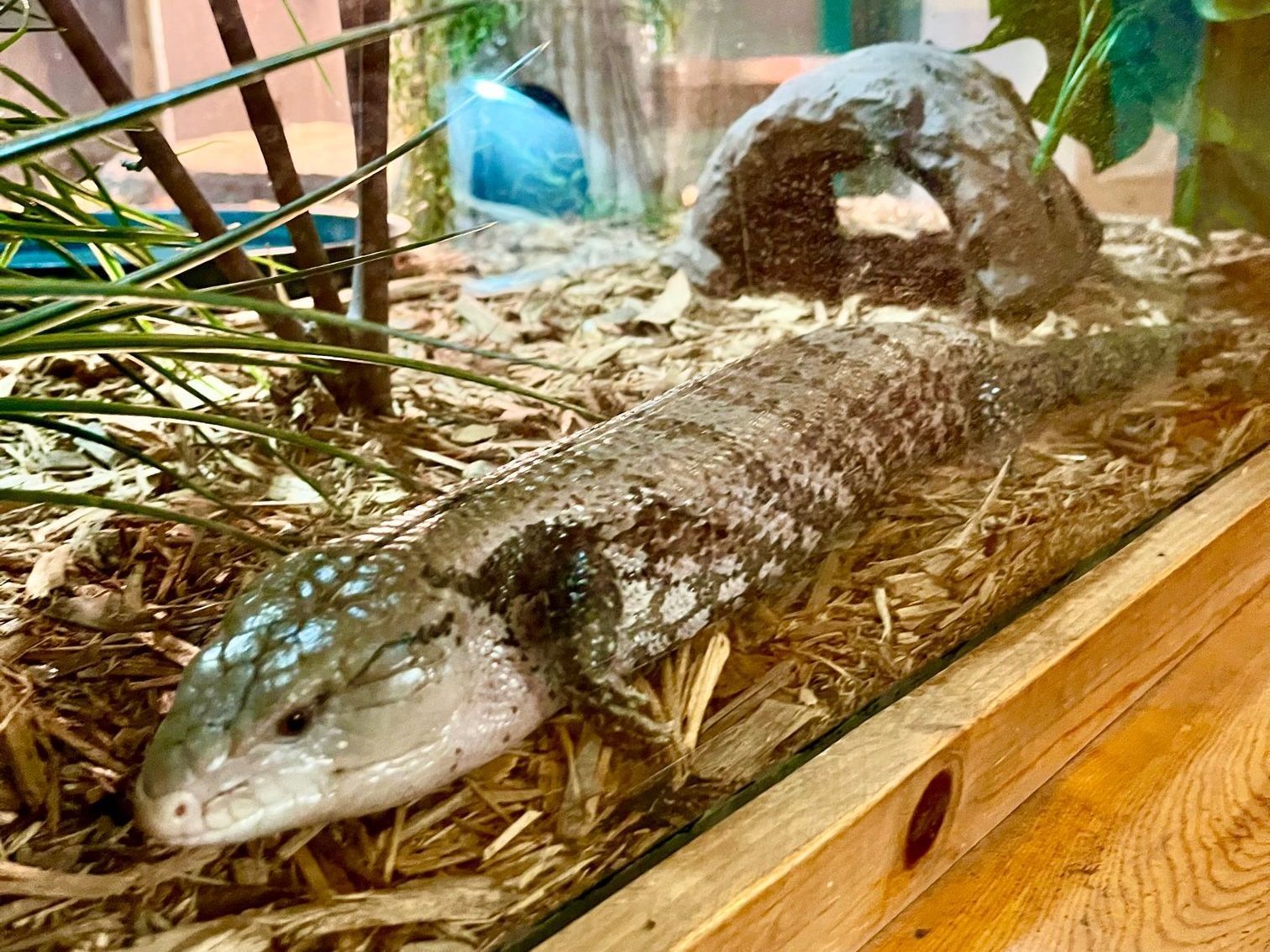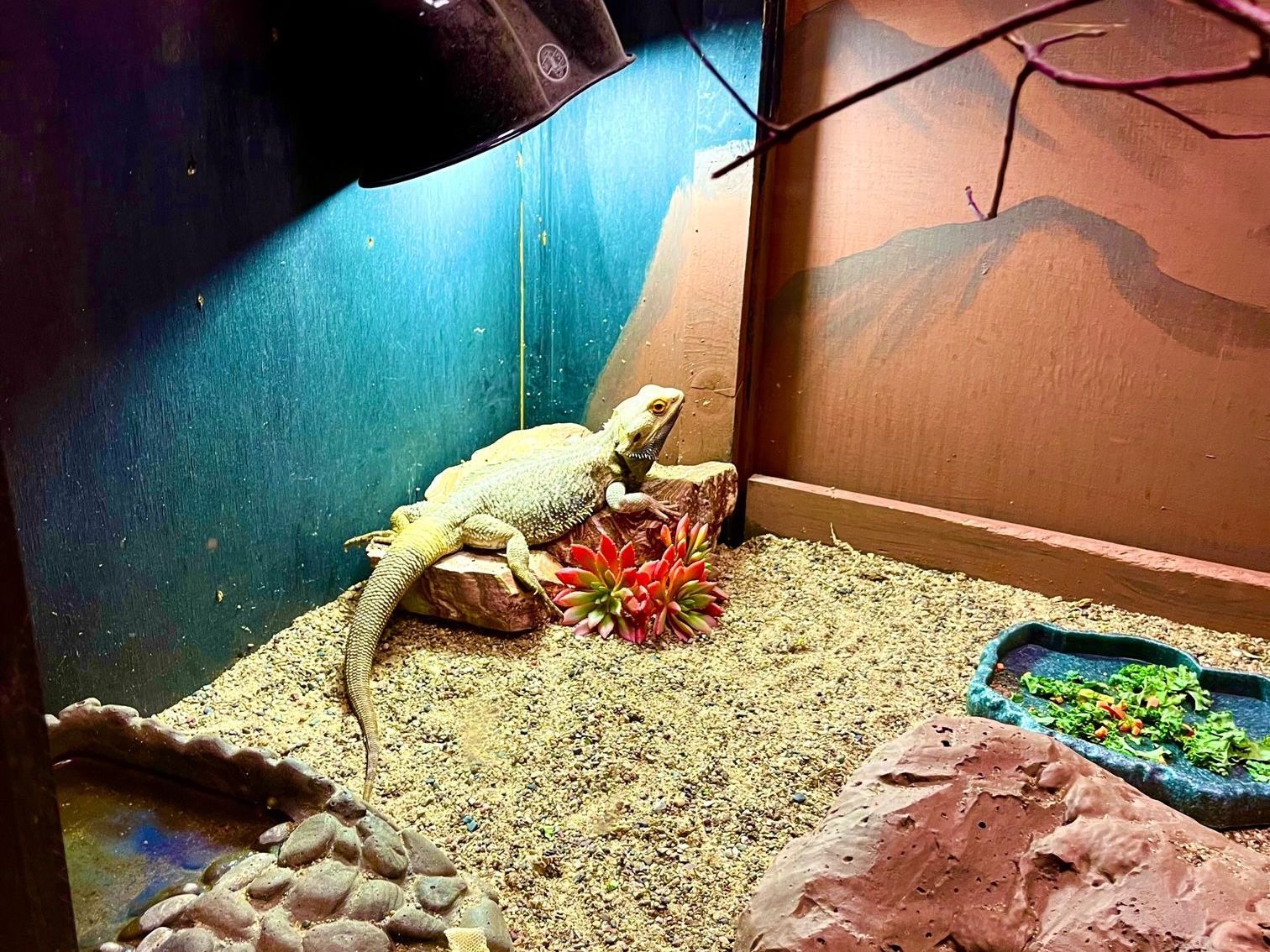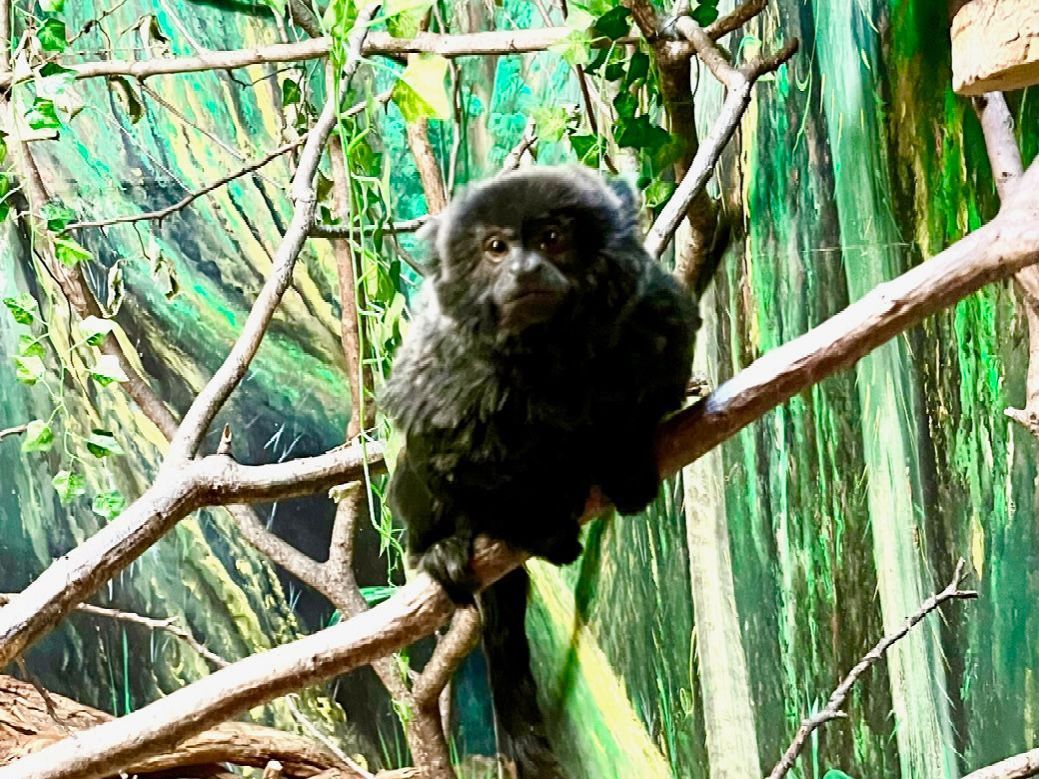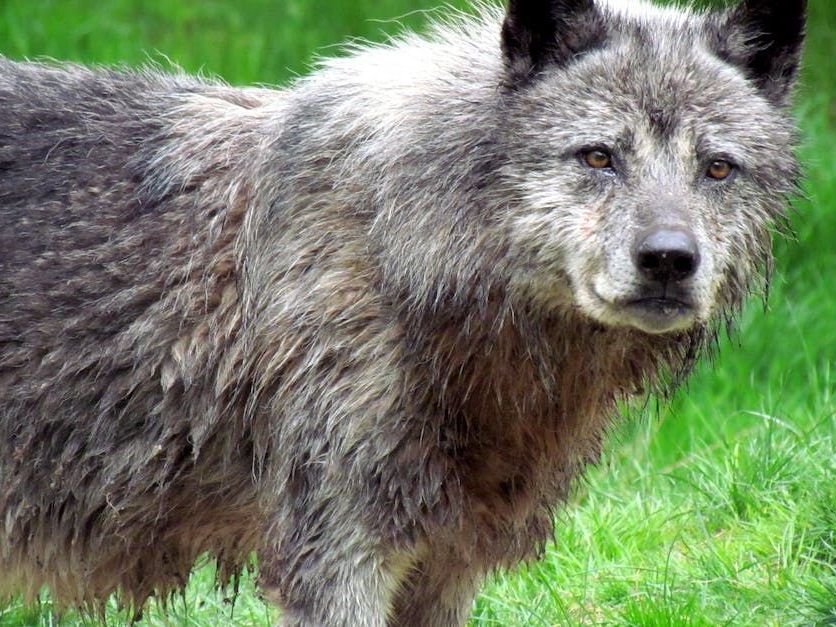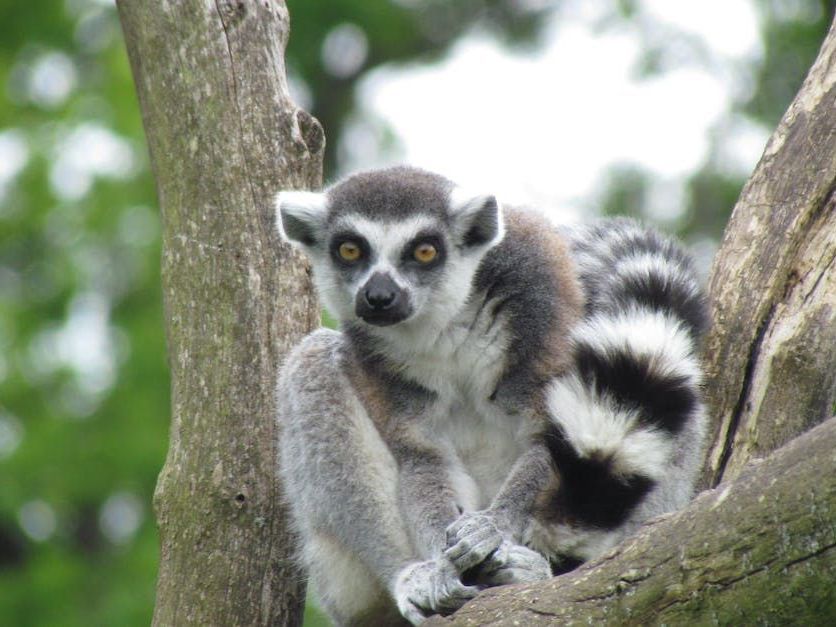these beautiful giants
are endangered

FIELD TRIPS
Lake Superior Zoo 🦜
Located at: 7210 Fremont St, Duluth, MN 55807
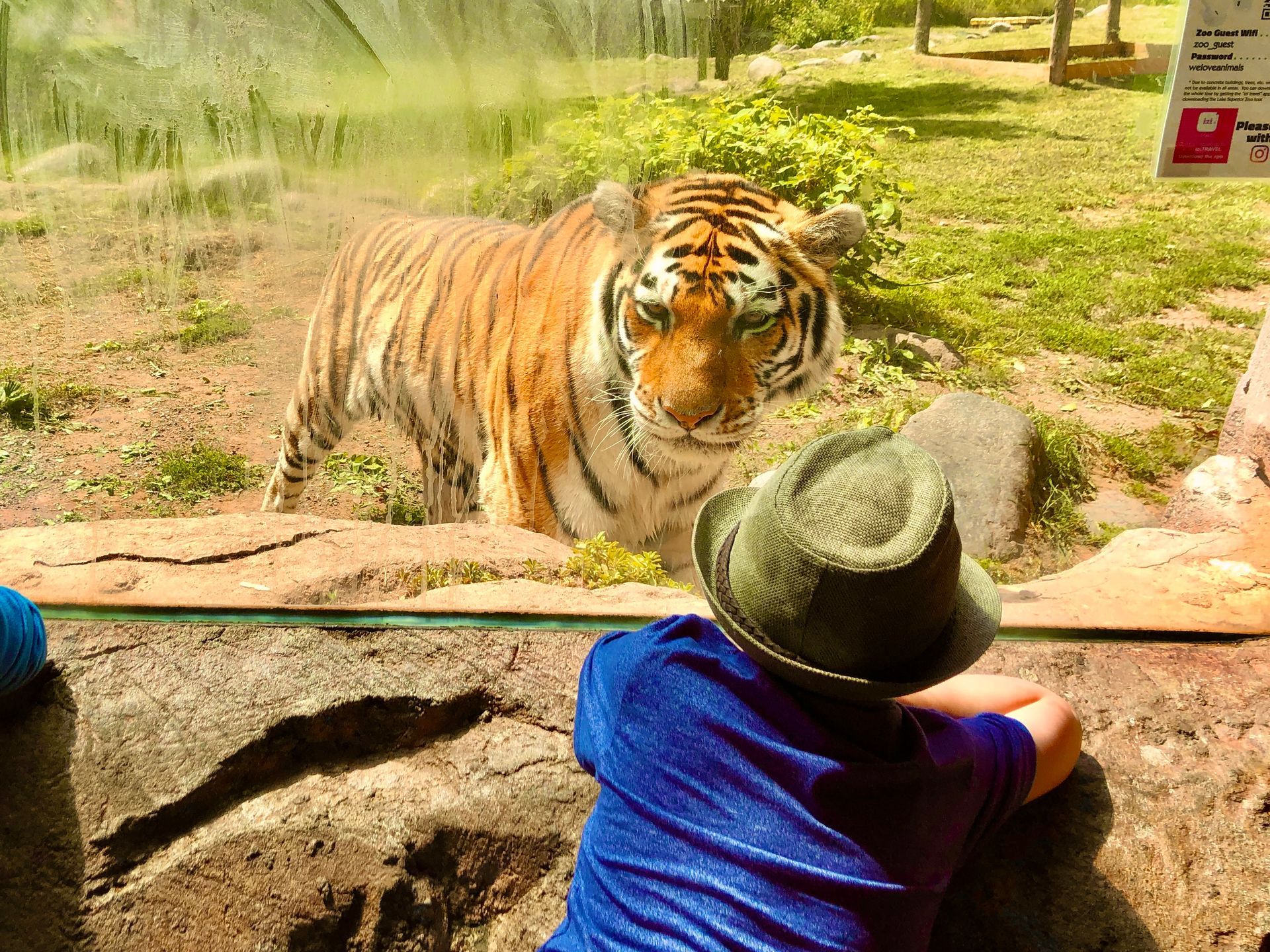
Middle-Youth Years
Who said you can't teach American history at the zoo? We're turning traditional field trips on their head by combining the wonder of wildlife with the richness of our nation's history. Imagine learning about the American Revolution while watching brown bears roam or discussing the Civil War in the presence of majestic eagles. The zoo provides a dynamic environment where kids can absorb history lessons in an engaging, interactive, and unforgettable way. With every step through the zoo, explorers connect the past to the present, creating memories that cement their understanding of America's story. Dive into our "Zoo Discovery" and
experience history in the wild—because learning is an adventure!

Jaguar
🐆 This incredible feline is the third largest cat in the world and reigns as the biggest cat across the Americas. (following the tiger and lion). Unlike its feline cousins, the jaguar is an adept swimmer, reveling in water. 🌊 Each jaguar has unique 'rosettes,' black spots shaped like roses. 🌹 With a preference for solitude, these magnificent creatures live and hunt alone. 🍃 And as apex predators, they sit unchallenged atop the food chain. 🐾
REVIEW
🌳 What does it mean for the jaguar to be an apex predator?
Blue & Gold Macaw
Meet the Blue & Gold Macaw, a parrot found in the lush rainforests (Earth’s oldest ecosystem, a forest with lots of rainfall, typically tropical areas) 🌿🌧 in the heart of Mexico and South America.. 🌳💙 Their powerful beaks are a marvel, dubbed a 'third foot' for their incredible ability to aid in climbing. 🦜 And those beaks aren't just for show – they can crack open the toughest nuts with ease! 🥥
Did you know these feathered friends can live up to a remarkable 80 years? That's plenty of time to master the art of mimicry, as they can learn to speak human words thanks to their syrinx, a special sound-producing organ at the bottom of their trachea🗣️
REVIEW
How do the macaws use their beaks as a "third foot"?
What allows Blue & Gold Macaws to mimic human speech?
Prairie Dog
🐾 These sociable rodents, relatives of the ground squirrel, show us the meaning of family, sharing meals, grooming one another, and greeting with nose touches. 💕 They aren't just cute; they're smart, too, with a complex vocabulary that surpasses any other animal language decoded so far! 🗣️ Did you hear that? Their distinctive warning call mimics a canine's bark, earning them the moniker 'Prairie Dog'. 🐕🚨 First noted by Lewis and Clark as the "barking squirrel," they were mesmerized by these tiny 'villagers' in their elaborate underground realms. Lewis and Clark first described it in the early 1800s as the "barking squirrel," including a journal entry of a "village of small animals."Speedy on their feet, they can dash up to 35 mph, zipping across the prairie with agility. ⚡ Despite the males and females having different lifespans, Females live 8 years, males live 5 years, their community thrives, complete with underground burrows that include nurseries, sleeping quarters, and even designated toilets! 🏠 Burrowing deep, they create a life 6-8 feet beneath the surface, an unseen metropolis in the heartland. 🌿🌎
REVIEW
What made Lewis and Clark call the prairie dog a "barking squirrel"?
underwater
acrobats

Amur Tiger
🐅 The Amur Tiger, a majestic giant from the snowy forests of Russia and China, holds the title of the largest cat in the world, with some males weighing in at 700 lbs. (700 lbs Tiger, 600 lbs Lion, 300 lbs, Jaguar, 200 lbs Leopard) They move through their territory with a silence, the ultimate silent hunters.
But their might isn't a match for human threats; Poaching and habitat loss, through deforesting, urban expansion, and harvesting fossil fuels, have pushed them to the brink. 🚫 In the 1940s, their numbers dwindled to a mere 50 in the wild. Thanks to conservation efforts, their numbers have risen to around 400 today, but they still need our help. 🌲🛡️
REVIEW
What are the main threats to the Amur tiger's survival?
Colobus Monkey
🌍🐒 Hailing from the vibrant landscapes of Africa, these acrobats of the canopy use tree branches as trampolines, making breathtaking leaps of up to 50 feet! They're not just jumping for fun, though; their long, flowing hair acts as a parachute, aiding their aerial escapades. 🍃🌬 But did you know? These monkeys have evolved to be thumb-less, which makes them more adept at swinging through the trees. 🌳Their life spans a wild 20 years, with some living up to 30 under human care. 🕰️ When night falls, you'll find them snoozing in the trees, cleverly choosing their sleeping spots next to their favorite food sources. 🍌🛌
REVIEW
How does the long, flowing hair of a Colobus monkey help it when it jumps?
Alaska Coastal Brown Bear
🌲🐾 Meet Tundra & Banks, the mighty Alaska Coastal Brown Bears from the wild frontiers! With their incredible strength and a nose that can sniff out salmon for several miles, these apex predators truly rule the land. 🐟👑 As dusk falls, these majestic creatures begin their nightly sojourn, commanding the forest with a presence unmatched, for they sit at the very top of the food chain with no natural predators. 🌙✨With a lifespan of up to 30 years.
At the Lakes Superior Zoo, the compelling story of two brown bears, Tundra and Banks, captures the hearts of visitors. These bears found a new beginning in Minnesota in 2019, following a tragic accident in Alaska where their mother was fatally struck by a car. At just three months old, the orphaned cubs were too young to fend for themselves in the wild. Recognizing their plight, the dedicated team at the Lakes Superior Zoo intervened, providing Tundra and Banks with a safe and nurturing environment where they could thrive. Today, the zoo remains committed to ensuring that these brown bears enjoy a secure and cared-for life, serving as a testament to the zoo's dedication to wildlife conservation and animal welfare.
REVIEW
Why don’t Alaska Coastal Brown Bears have any natural predators?
Mongoose
🐾🗺️ From stowaway to zoo celebrity, meet "Mr. Magoo," the Mongoose with a history as fascinating as its species. "Mr. Magoo," the Mongoose, who lived at the zoo for many years, is on display. This famous mongoose was a stowaway on a ship that came to Duluth. The seaman brought the animal to the zoo as he needed a home, where he remained until he died in 1968. This little adventurer became so beloved that President John F. Kennedy pardoned his stay and allowed him to stay when it was law-prohibited to possess a mongoose. Mongoose do not attack humans, they are native to India, are known for their snake-eating prowess, fearlessly taking on foes like the King Cobra. Beyond their native lands, you can find them on Maui, where they were introduced in 1885 to control the rats in the sugar cane fields. Today, they are part of the island's wild tapestry. Let's honor "Mr. Magoo" and his kind by learning about the delicate balance of ecosystems and the unintended consequences of introducing species to new environments.
REVIEW
How did "Mr. Magoo" the Mongoose end up in Duluth?
Why were mongooses introduced to Maui, and what has been the impact of their presence there?
African Bullfrog
🌍🐸 The African Bullfrog is one of the largest frogs on Earth. 🐦🐭 This formidable amphibian isn’t picky about its meals; with its vast mouth, it devours rodents, birds, and even reptiles! Their call? A bellowing roar that echoes through the wild. 🏜️ Under the sun, they’re masters of hide and seek, burying themselves underground, leaving only their noses peeking out. Their jelly-like egg masses float on the water, hinting at the next generation of these mighty leapers who can jump an astonishing six feet in the air! With a potential lifespan of 20-40 years and sporting three prominent bottom teeth, these creatures are a blend of longevity and raw power. 🌟
REVIEW
How long can African Bullfrogs live?
African Lion
🦁👑 Meet Malkia, the African Lion native to savannas, a type of grassland where zebras and wildebeests become part of the royal feast.🌾💧 In the heat, they can find ways to stay hydrated, drawing water from plants when necessary. Did you know these kings and queens of the jungle are also masters of relaxation, lounging for up to 20 hours a day? They find their cool on high rocks or in the shade, as they don't have the ability to sweat.
👨👩👦👦 Lions often live in prides, a close-knit unit that can include up to 40 lions, all working together to thrive in the wild. And these lionesses? They’re the heart of the pride, living up to 19 years.
REVIEW
How do lions stay cool in the hot savanna if they can't sweat?
What are some ways that lions find water in their environment?
gifted with
a second tongue

Burmese Python
🌿🐍 Slither into the exotic world of the Burmese Python, a marvel from the lush jungles and marshes of Asia. This solitary giant ranks among the top 5 largest snakes on the planet, nonvenomous but no less formidable.
With the astounding ability to swallow prey as grand as a deer, their strength is unparalleled. They’re not just land wanderers but also skillful swimmers, capable of reaching lengths of 23 feet and tipping the scales at 200 lbs.
🔎💦 Interestingly, these titanic reptiles have also made a surprising appearance in the Florida Everglades. Though not native, their presence is a stark reminder of the impact of releasing exotic pets into the wild.
Let’s raise awareness about the ecological balance and the consequences of introducing invasive species to new environments.
REVIEW
🌳 How did Burmese Pythons end up in the Florida Everglades?
Blue-Tongued Skink
🦎💙 Say hello to the quirky and clever inhabitant from Down Under, the Blue-Tongued Skink! This Australian native has a unique defense mechanism—flashing its vivid blue tongue to startle predators into thinking it’s venomous. Spoiler: It’s not!
These nonvenomous reptiles use their tongues to explore the world, tasting the air for scent particles. In a tight spot, they can shed their tails to make a swift escape, later regrowing it as if nothing happened. Known for their intelligence, blue-tongued skinks are shy, preferring the peace of solitude and the safety of their shelters. They may be slow on the move, but they’re quick to win hearts.
And here’s a fun fact: they don’t lay eggs! Unlike many reptiles, blue-tongued skinks give live birth. 🐣
REVIEW
Why do blue-tongued skinks flash their blue tongues at predators?
Bearded Dragon
✨ The Bearded Dragon, straight from the Australian outback! Have been around since the age of dinosaurs! These charismatic reptiles boast beard-like spines, which they flare out in a prehistoric display to communicate their mood. Imagine they start out as tiny as your pinky nail, only to grow into a majestic two feet in length. With 80 teeth and a vision that outshines human sight in color depth—they can see more color than humans—they're truly extraordinary creatures. While their underdeveloped hypothalamus means they don't experience emotions as complexly as some animals, their unique charm is undiminished. They may not understand a cuddle the way a dog might, but they sure do make fascinating, prehistoric companions for us today.
REVIEW
🌳 What does it mean that Bearded Dragons have an underdeveloped hypothalamus?
Callimico Monkey
🌳🐒 Swing through the treetops and meet the enchanting Callimico, also known as the Goeldi's Monkey, a tiny arboreal acrobat from the heart of South America! With a lifespan that can reach the early twenties, these little ones are full of zest for life.
These pint-sized primates are virtuosos of the vertical, scaling trees with ease and leaping an impressive 13 feet across the forest without dropping an inch. At night, they cozy up with their family in the comfort of hollow trees.🌲
REVIEW
How do Callimico Monkeys demonstrate the importance of family and companionship?
Gray Wolf
🐺💨 Venture into the wild with the noble Gray Wolf, an icon of untamed wilderness and animal kinship. In the wild's heart, they can live up to a wise 13 years, moving like shadows through the forests and plains.
With a voracious appetite, a wolf can consume 20-30 pounds of meat in one sitting and then roam for up to two weeks before its next feast. These social creatures embody the spirit of community, living in packs that can swell from 2 to an impressive 30 members, mating for life. Pups enter the world in complete innocence, deaf and blind, their eyes a striking blue. These packs are families, and their homes can range from rock caves to hollow logs, to holes dug in the ground, wherever the earth welcomes them. And when they run, oh how they fly across the land, reaching speeds of 36-38 MPH, a blur of fur. 🌲🌙
REVIEW
How much food can a Gray Wolf eat at once, and how long can it go without eating again?
What are some of the different places where Gray Wolves might make their homes?
Ring-Tailed Lemur
🌿👀 Leap into the world of the charismatic Ring-Tailed Lemur, Madagascar's signature primate with a tail that's a marvel of nature—longer than its body and adorned with 13 striking black and white bands. These lemurs boast captivating blue eyes, a rare trait among primates. They like to sunbathe in the morning, with their arms outstretched to the sun as they sit. Madagascar is the only place that is their natural home. Their second tongue, 'sublingua,' devoid of taste buds, is their secret to a spotless mouth, tidying up beneath the primary tongue. And when the heat rises, these clever creatures embrace trees, cooling off by hugging their woody friends. 🌞🌳🤗
REVIEW
How does the 'sublingua' help keep a ring-tailed lemur's mouth clean?
Why do ring-tailed lemurs hug trees when it gets hot?
The information on this website or books for Amy Monroe Author is not intended or implied to be a substitute for primary education or for professional medical advice, diagnosis, or treatment. All content, including text, graphics, images, and information contained in or available through her books, daybooks, website, or social media, are for general information purposes only. Amy Monroe makes no representation and assumes no responsibility for the accuracy of the information contained in or available through her books or website. Such information is subject to change without notice. You are encouraged to confirm any information obtained from or through her books and website with other sources and review all information regarding any medical condition or treatment with your physician. All artwork is copyrighted and property of Amy Monroe. Unauthorized use is prohibited.


